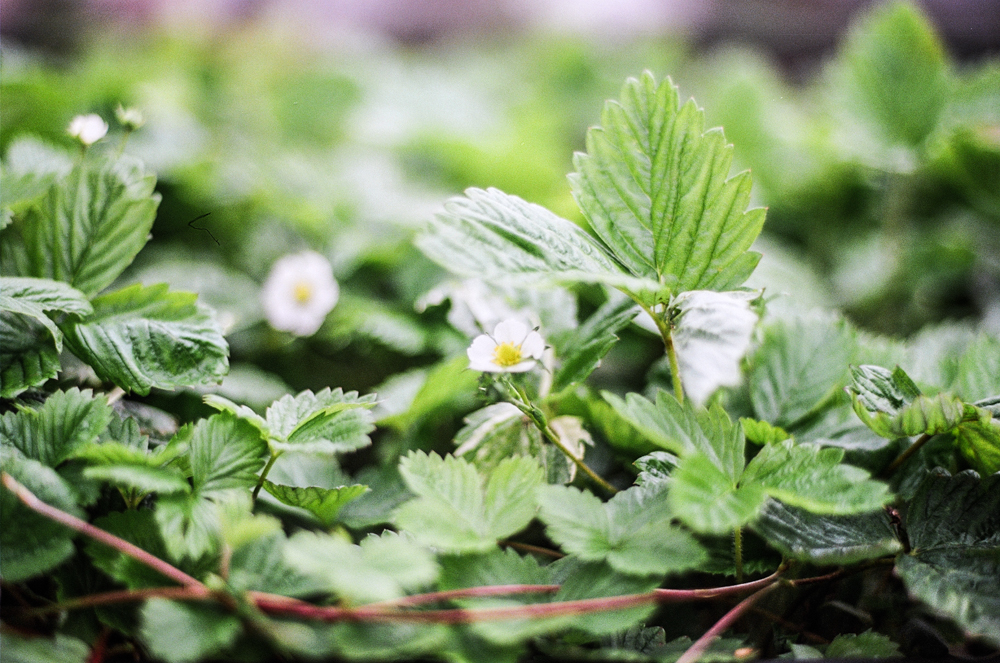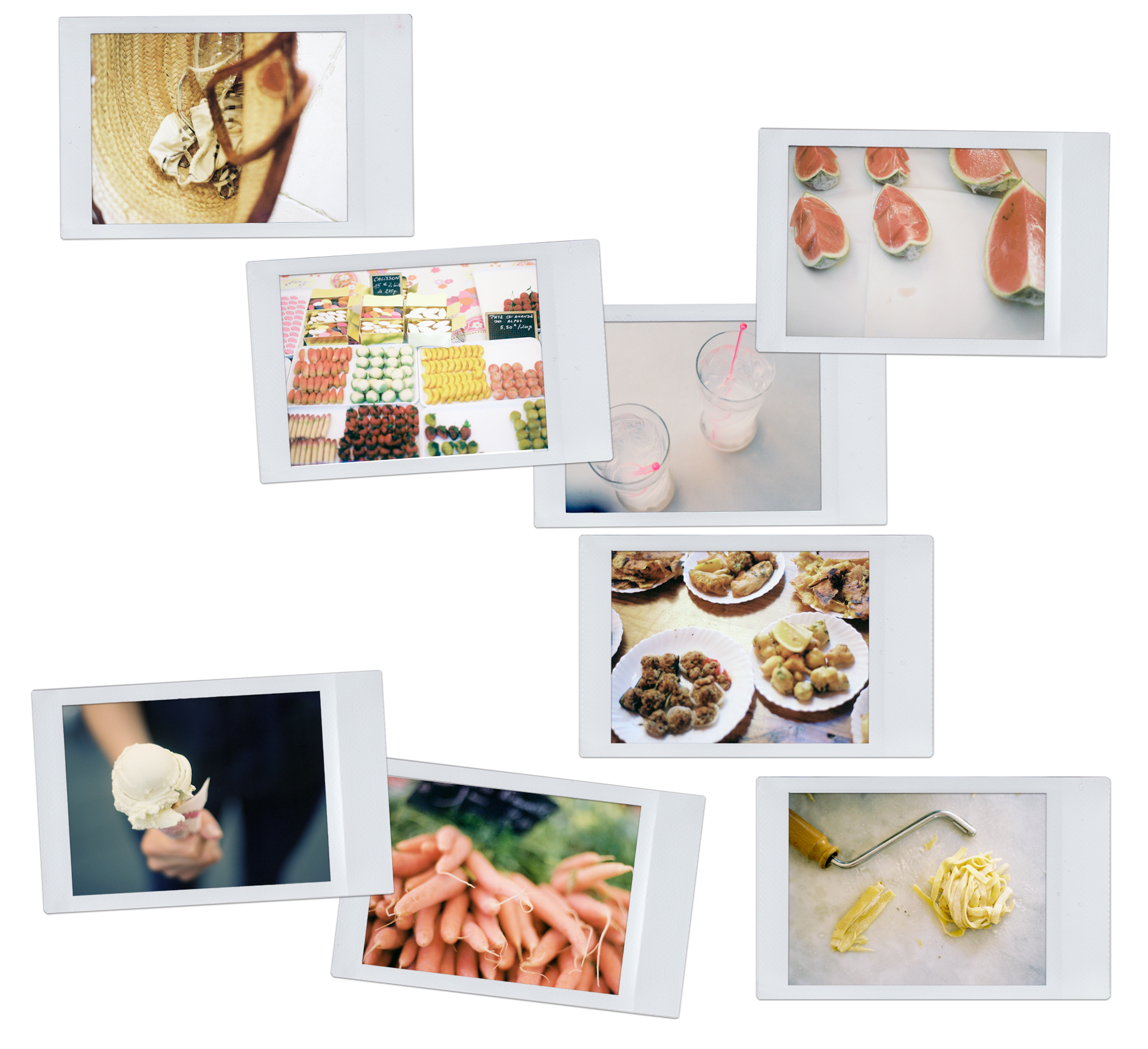[Lemon weekend cake, clementine confit]

Originally published on January 29, 2010
This is a cake I’ve made so many times over the years that I could make it with my eyes closed.
I remember the first time I posted about it. It was early 2010, and a thin mantle of snow had fallen overnight, just enough to cover the ground.
I had just started working as a commis pastry chef at the Capital, a small boutique hotel that would become the road map of my seven years in London. Yes, many of the chefs I consider my mentors and friends have – at one point or another – worked in the kitchen where I did my very first service.
This reminds me that I’ll have to tell you, one day, about the time where I traveled across town – from Islington to Mayfair – on a vegetable delivery van to meet Chavot for an interview, leaving loaves of sourdough proofing in the kitchen above John Salt, and came back just in time to bake them before dinner service.
But… this cake. A gâteau de voyage [a travel cake]. It doesn’t translate well, but the name alone suffices to evoke the soft lull of a holiday; the carefully wrapped slice, eaten on the night train; the afternoons at the beach; perhaps even, the long drive through the Massif Central.
All gâteaux de voyage have the particularity to keep well at room temperature over a week or so. And this weekend cake is no exception, with both butter and crème fraiche to keep it moist, I find that it tastes even better the next day.
It starts by whisking the eggs and sugar, with just a pinch of salt. The flours gets folded in. Then a third of the batter is mixed with the fats, then delicately folded back into the remaining batter.
Although, I now often make it by adding the fats to the eggs, then folding in the flour.
For the sake of staying true to my original recipe, I will leave the former method – as written in 2010, but know that both work fine, the latter leading to a slightly denser crumb, which I like when having cakes with tea or more accurately – and dare I say it – I love when dipping a slice in piping hot tea.
Please, tell me you also give in to this ritual or am I the only one?
And although, I can never resist it unadorned, I am rather fond of serving it with a generous spoonful of clementine confit and a dollop of crème fraiche.
There is something about the suave softness of the compote against the gentle bite of the cake.
Sometimes I even make it with tea – finely milled to a powder – folded into the batter. Other times, I leave it plain, perhaps with a touch of vanilla or orange blossom water, and we eat it with softly whipped cream and warmed raspberries.
Yes, more than a recipe this really is blueprint and should be used as such.
Just a quick note on baking temperatures: while I often bake this loaf cake at 175°C for approximately 45 minutes, I can only remind you of my favourite method for baking loaf cakes.
5 minutes at 200°C/fan 180°C, 10 minutes at 180°C/fan 170°C, and around 25 minutes at 170°C/fan 160°C.
Cake weekend au citron, confit de clémentines à la vanille
Makes one loaf cake.
For the clementines confit
350 g clementines, around 3 to 4
200 g caster sugar
half a vanilla pod
100 g water
20 g cornflour diluted in 40 g cold water
For the lemon weekend cake
4 eggs
250 g caster sugar
zest from 2 organic lemons
200 g plain flour
one tsp baking powder
150 g creme fraiche
50 g butter, melted
softened butter, extra for piping
To serve
a generous dollop of crème fraiche for each serving
Make the clementine confit: bring a large pan of water to the boil. Plunge the clementines in it and simmer for 3 minutes. Sieve, placing the fruits in an ice-cold water bath as you do so. Repeat one more time. Then chill the clementines until cold enough to handle.
Slice finely, and place in a pan along with the sugar, vanilla pod and seeds, and water.
Simmer for 30 minutes or until reduced and almost candied. Then vigorously fold in the cornflour mixture. Allow to boil for a couple of minutes, and transfer to a bowl.
The confit will keep in the fridge for up to 5 days or in the freezer for up to 3 months.
Make the cake batter: preheat the oven to 175°C/fan 155°C; butter and flour a loaf tin.
Place the eggs, sugar, lemon zest, and salt in a bowl, and whisk until thick and doubled in size.
In an another bowl, mix the flour and baking powder, and fold into the egg mixture.
Pour a third of the batter onto the cream and melted butter, mix well, and transfer back to the main batter mix, gently folding in as you do so.
Pour into the prepared tin. If you want an even crack in the center of your loaf cake, pipe a thin line of softened butter across the batter; and bake for 45 minutes, or until a knife inserted in the cake comes out clean.
Allow to cool down 20-30 minutes before unmoulding.
If not eating right away, place into an airtight container and keep at room temperature.
Place a slice of cake cut in half lengthwise in a plate. Top with both a spoonful of confit and a dollop of crème fraiche.






























